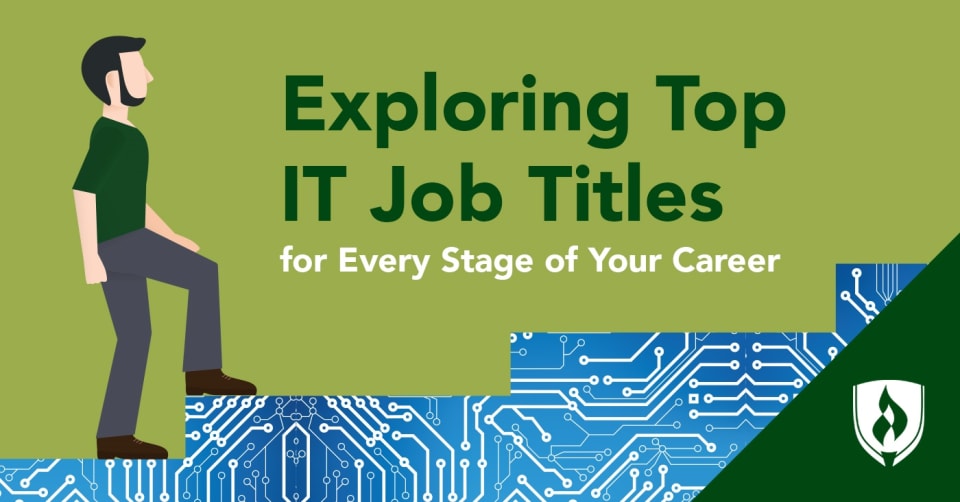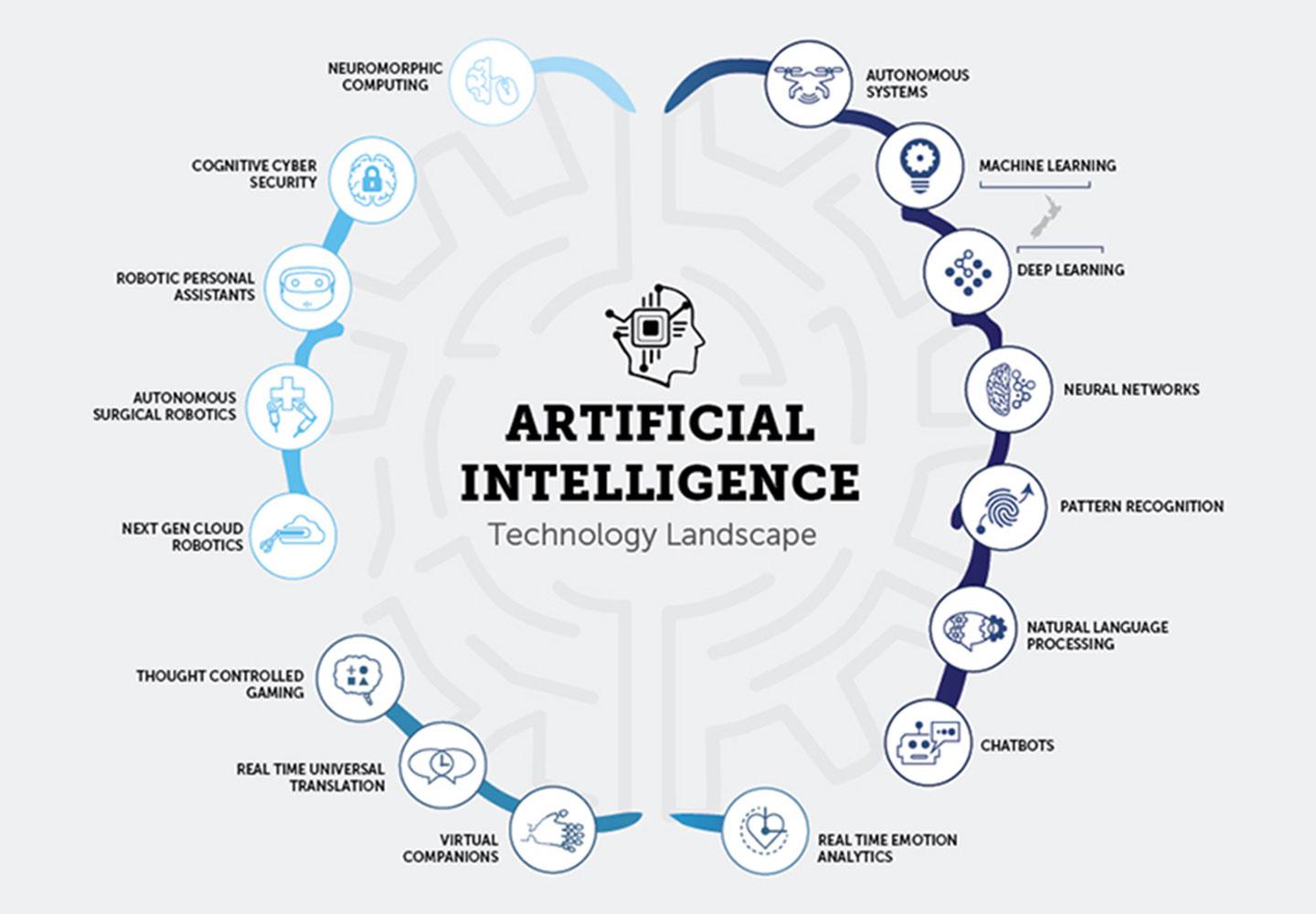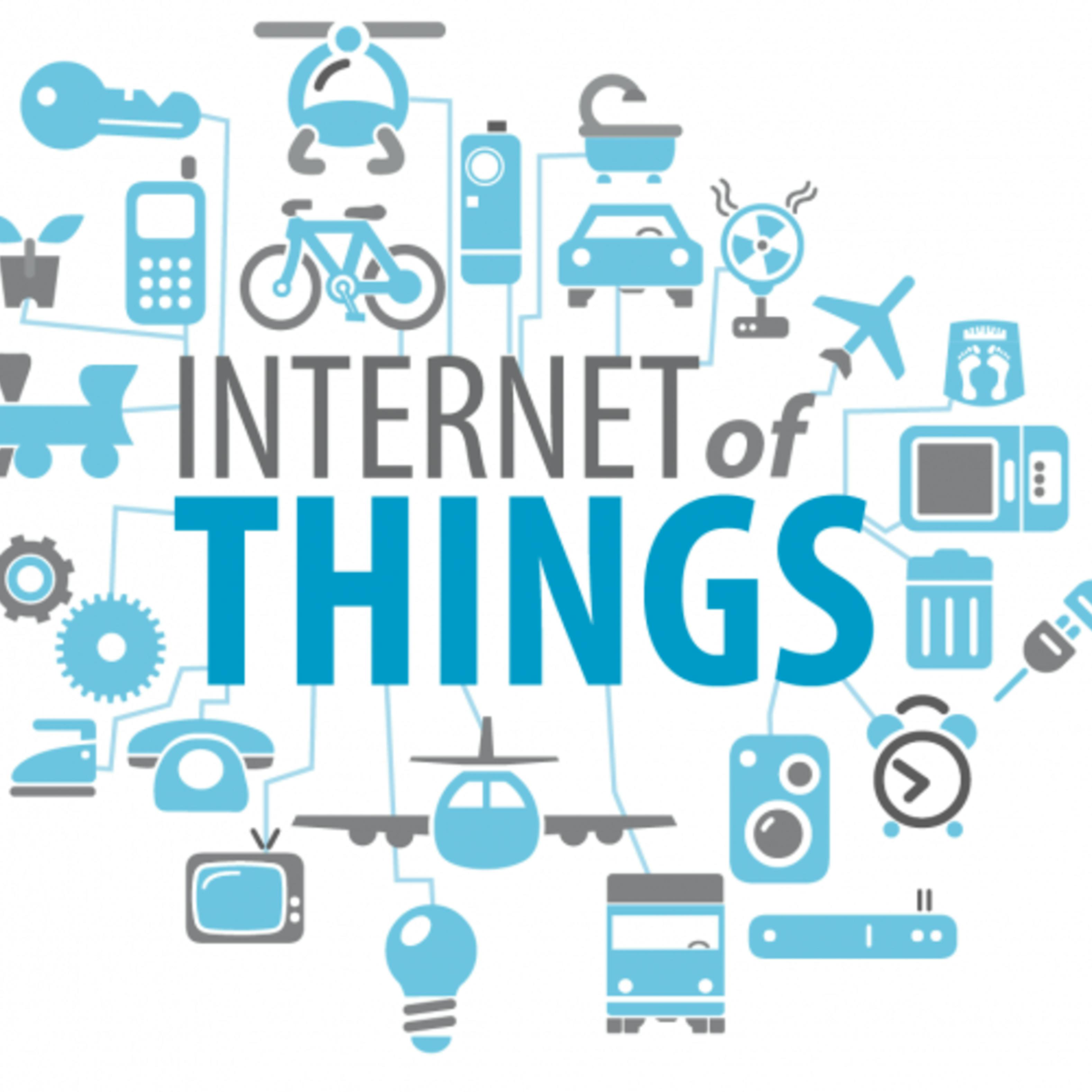
Innovation is presently advancing at such a quick pace, that yearly expectations of patterns can appear to be obsolete before they even go live as a distributed blog entry or article. As innovation advances, it empowers considerably quicker change and advancement, causing the increasing speed of the rate of progress, until in the long run it will end up exponential.
Innovation based vocations don't change at that equivalent speed, yet they do develop, and the astute IT expert perceives that his or her job won't remain the equivalent. The IT laborer of the 21st century will continually be learning, out of need if not want.
I don't get this' meaning for you? It means remaining current with innovation patterns. What's more, it means keeping your eyes on the future, to know which aptitudes you'll have to know and what kinds of occupations you need to be able to do.
Here are seven innovation patterns that you should see in 2019 and in the future., and a portion of the occupations that will be made by these patterns. Since an opportunity to prepare yourself for one of these developing employments is presently.
Machine Learning
Machine Learning is a subset of AI. With Machine Learning, PCs are modified to figure out how to accomplish something they are not customized to do: They actually learn by finding examples and bits of knowledge from information. When all is said in done, we have two sorts of learning, directed and unsupervised.
While Machine Learning is a subset of AI, we additionally include subsets inside the domain of Machine Learning, including neural systems, natural language processing (NLP), and deep learning. Every one of these subsets offers an open door for gaining practical experience in a profession field that will just develop.
Machine Learning is quickly being sent in a wide range of ventures, making a tremendous interest for gifted experts. The Machine Learning business sector is relied upon to develop to $8.81 billion by 2022. Machine Learning applications are utilized for information investigation, data mining and example acknowledgment. On the shopper end, Machine Learning forces web list items, continuous promotions and system interruption location, to give some examples of the numerous errands it can do.
Notwithstanding finishing innumerable assignments for our benefit, it is creating employments. Machine Learning occupations rank among the top rising employments on LinkedIn, with right around 2,000 occupation postings posted. What's more, these occupations pay well: In 2017, the middle pay for a machine learning designer was $106,225. Machine Learning occupations incorporate architects, designers, specialists, and information researchers.
Artificial Intelligence

Artificial Intelligence, or AI, has effectively gotten a ton of buzz as of late, yet it keeps on being a pattern to watch since its impacts on how we live, work and play are just in the beginning times. Furthermore, different parts of AI have created, including Machine Learning, which we will go into below. AI refers to PCs frameworks worked to mirror human intelligence and perform errands, for example, recognition of images, discourse or examples and basic leadership. Simulated intelligence can do these undertakings quicker and more precisely than people.
AI has been around since 1956 is already widely used. In fact, five out of six Americans use AI services in one form or another every day, including navigation apps, streaming services, smartphone personal assistants, ride-sharing apps, home personal assistants, and smart home devices. In addition to consumer use, AI is used to schedule trains, assess business risk, predict maintenance, and improve energy efficiency, among many other money-saving tasks.
AI is one part of what we refer to broadly as automation, and automation is a hot topic because of potential job loss. Experts say automation will eliminate 73 million more jobs by 2030. However, automation is creating jobs as well as eliminating them, especially in the field of AI: Pundits predict that jobs in AI will number 23 million by 2020. Jobs will be created in development, programming, testing, support and maintenance, to name a few. Artificial Intelligence architect is one such job. Some say it will soon rival data scientist in need for skilled professionals.
To learn more about potential jobs in AI, read about building a career in AI or why you should earn an AI certification.
Robotic Process Automation or RPA

Like AI and Machine Learning, Robotic Process Automation, or RPA, is another innovation that is robotizing occupations. RPA is the utilization of programming to computerize business processes, for example, deciphering applications, processing exchanges, managing information, and notwithstanding answering to emails. RPA computerizes dull errands that individuals used to do. These are not simply the humble undertakings of a low-paid specialist: up to 45 percent of the exercises we do can be mechanized, including crafted by budgetary administrators, specialists and CEOs.
In spite of the fact that Forrester Research gauges RPA automation will undermine the business of 230.1 at least million learning laborers or around 9 percent of the worldwide workforce, RPA is additionally making new occupations while adjusting existing employments. McKinsey finds that under 5 percent of occupations can be completely robotized, yet around 60 percent can be somewhat computerized.
For you as the IT expert looking to the future and attempting to comprehend innovation patterns, RPA offers a lot of vocation openings, including engineer, venture administrator, business examiner, arrangement draftsman, and specialist. What's more, these occupations pay well. the normal RPA pay is $73,865.0, however that is the normal gathered from pay rates for junior-level designers up to senior arrangement engineers, with the main 10 percent gaining over $141,000.0 every year.
Blockchain

Although most people think of blockchain innovation in connection to cryptocurrencies, for example, Bitcoin, blockchain offers security that is helpful from various perspectives. In the easiest of terms, blockchain can be portrayed as information you can just add to, not detract from or change. Henceforth the expression "chain" since you're making a chain of information. Not having the option to change the past squares is the thing that makes it so secure. Furthermore, blockchains are accord driven, as explained in this Forbes article, so nobody element can assume responsibility for the information. With blockchain, you needn't bother with a confided in outsider to administer or approve exchanges.
This increased security is the reason blockchain is utilized for cryptographic money, and why it can assume a critical job in ensuring data, for example, individual medicinal information. Blockchain could be utilized to radically improve the worldwide inventory network, as portrayed here, just as ensure resources, for example, craftsmanship and land.
What's more, as the utilization of blockchain innovation increments, so too does the interest for gifted experts. In such manner, we are as of now behind. blockchain-related occupations are the second-quickest developing classification of employments, with 14 employment opportunities for each one blockchain designer. A blockchain designer spends significant time in creating and actualizing engineering and arrangements utilizing blockchain innovation. The normal yearly compensation of a blockchain engineer is $130,000.
The activity of an engineer isn't the just a single available in the blockchain space, in any case. Businesses are additionally searching for programming designers, advisors and undertaking chiefs. Employments are available at money related establishments, yet in addition in retail and social insurance, and soon most likely assembling too.
Internet of Things

Although it sounds like a game you’d play on your smartphone, the Internet of Things (IoT) is the future. Many “things” are now being built with WiFi connectivity, meaning they can be connected to the Internet—and to each other. Hence, the Internet of Things, or IoT. IoT enables devices, home appliances, cars and much more to be connected to and exchange data over the Internet. And we’re only in the beginning stages of IoT: The number of IoT devices reached 8.4 billion in 2017 is and expected to reach 30 billion devices by 2020.



0 Comments:
Post a Comment
Thanks for your comment.